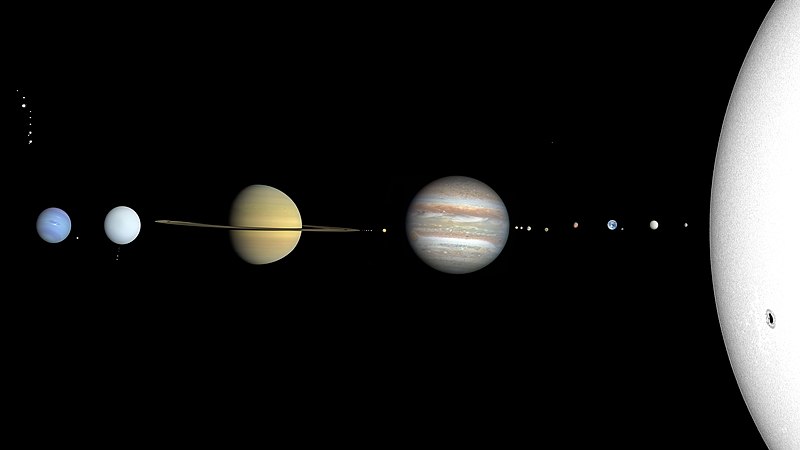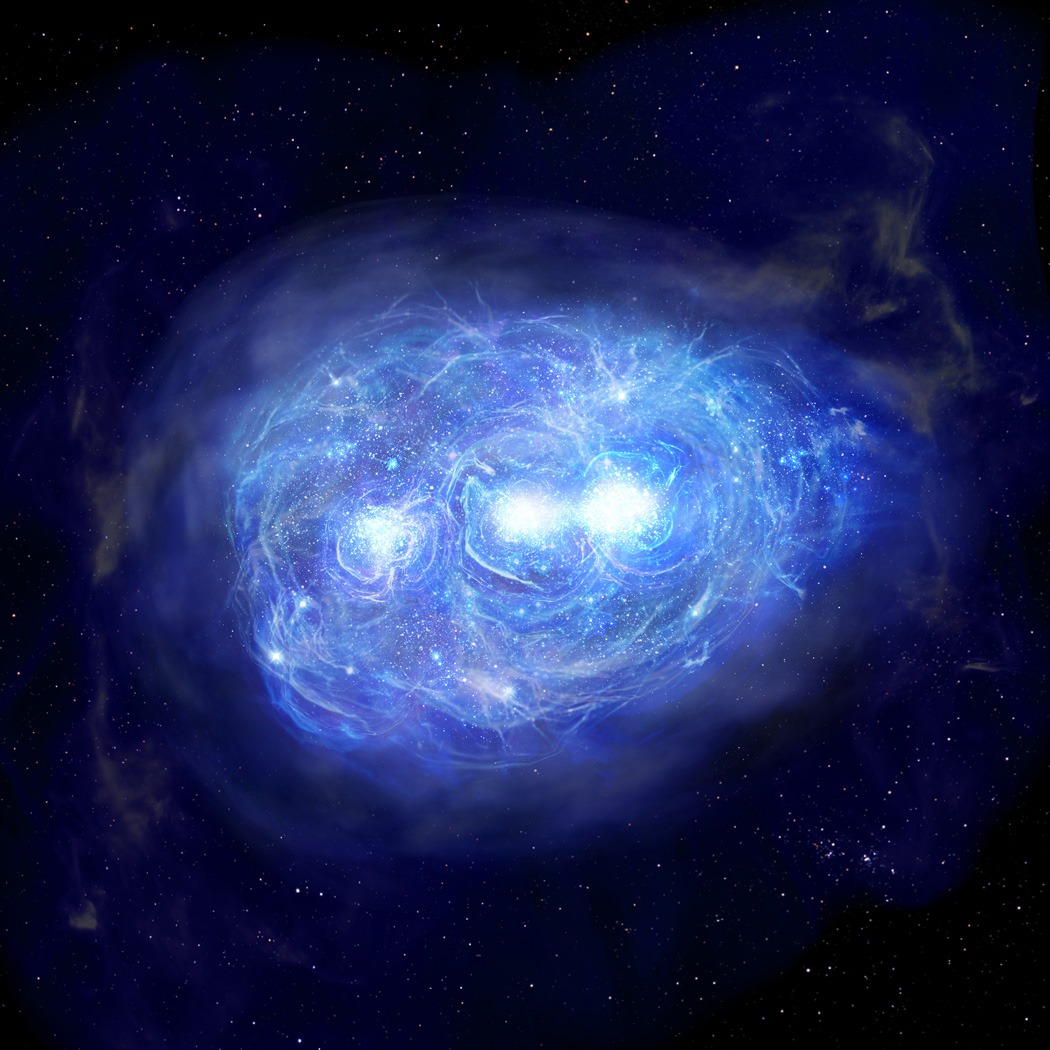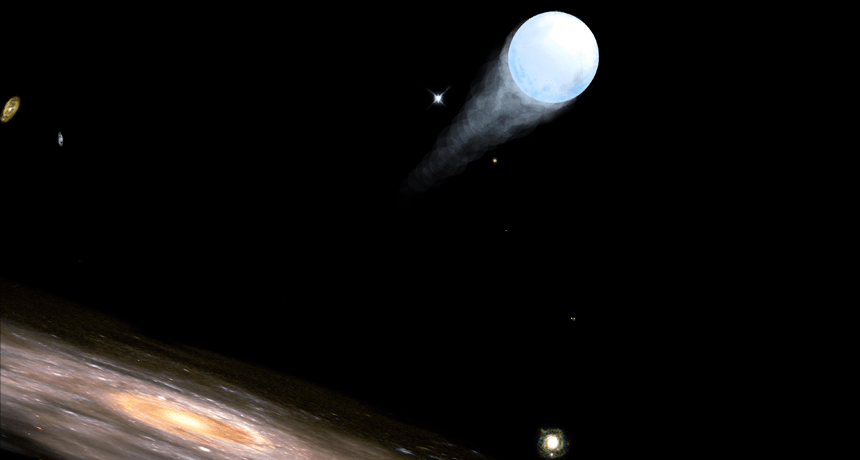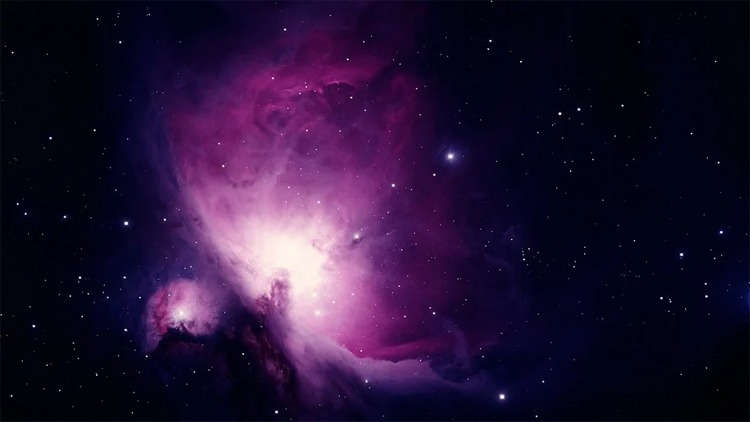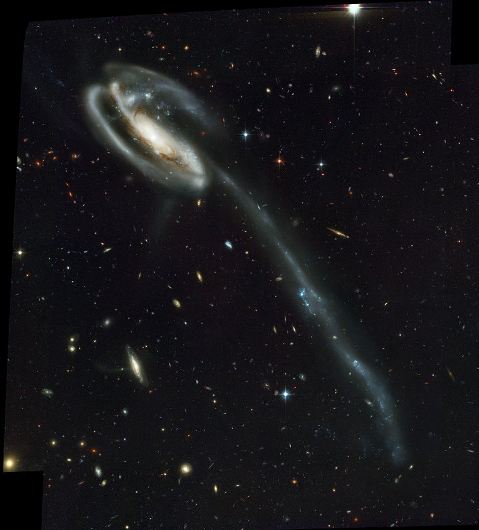What are Exoplanets?
The vast expanse of the universe captured the imagination of humankind. Adults and kids alike became fascinated by the multifold mysteries of the heavens. The possibility of extraterrestrial life has become an enticing topic for everyone. Exploring beyond the boundaries of our solar system led to many discoveries, and among the most … Read more

